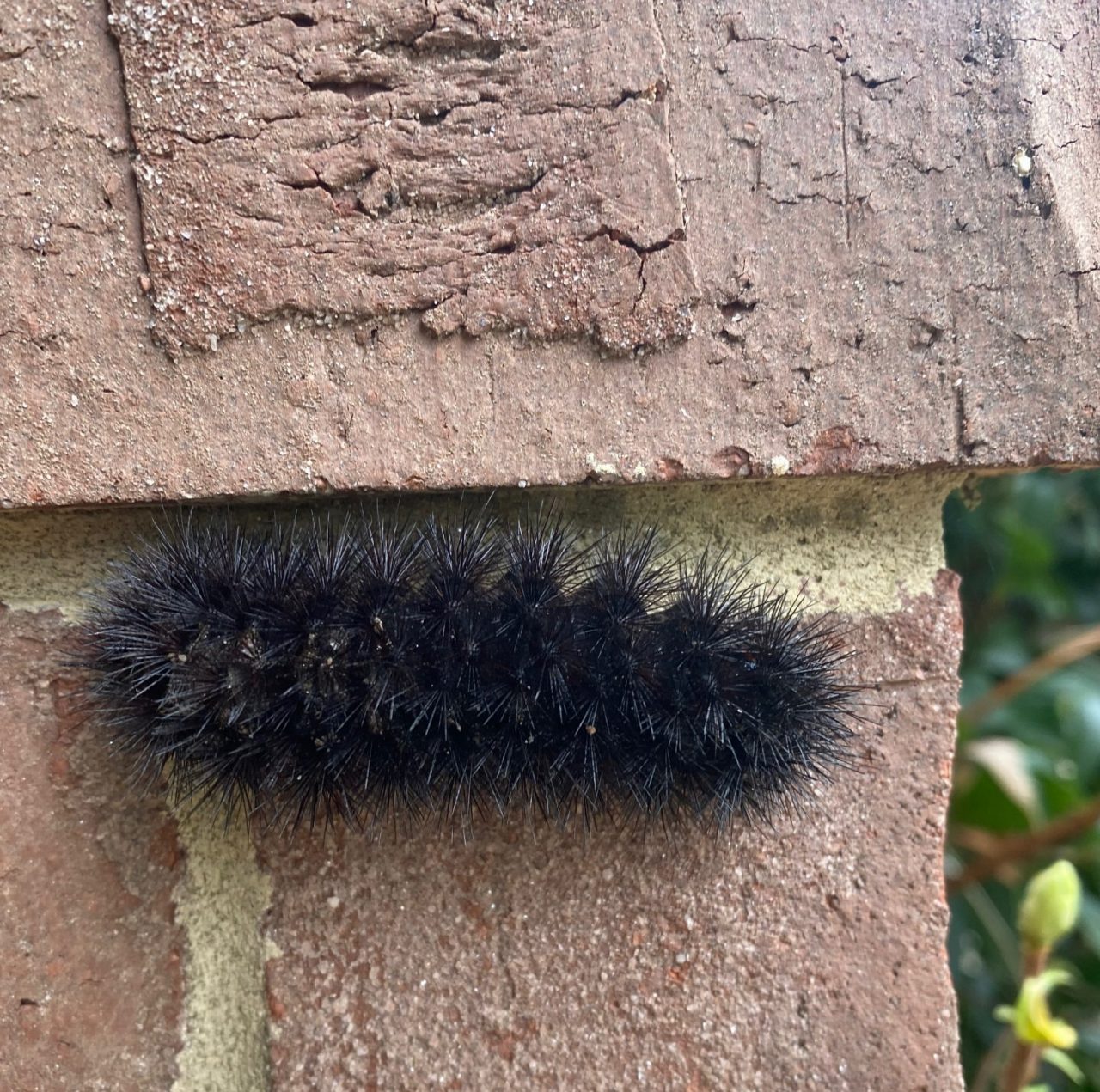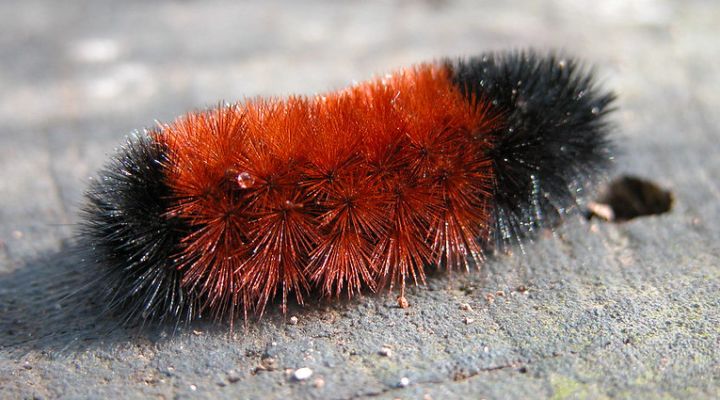


You can find them over a good portion of the U.S. We have had warmer than average weather in West Michigan since July. Since it’s cold-blooded, the rate of development would be a little temperature dependent. As it matures, it develops more of the reddish brown. The woolly-bear is pretty much all black when it emerges from the egg. So, the geese had predictive value to those smart enough to recognize it. The Native Americans knew that an early flight south was often followed by a hard winter. The geese were reacting to current weather in Canada. If it got cold early, they flew south early.

The geese started their journey south when it got cold in Canada. Native Americans watched Canada geese fly south in the fall. Curran, who was curator of insects for the American Museum of Natural History did his own small study on the woolly-bears from 1948-56 and concluded they did have some predictive value, though he cautioned that his sample was far too small to draw any conclusions. The blacker the caterpillar is, the colder and snowier the coming winter will be.Ī man named C.H. The fatter and more prominent the brown segments – the milder the winter will be. The ends of the woolly bear are black and the middle is brown. Legend has it that you can look at a woolly-bear (sometimes called woolly-worm caterpillar) and predict the severity of the winter by looking at the 13 bands or segments of the caterpillar. It has black-colored ends and a band of brown color in the middle. I came across this critter on the walking path at the Alpine Athletic Center on Sunday.


 0 kommentar(er)
0 kommentar(er)
